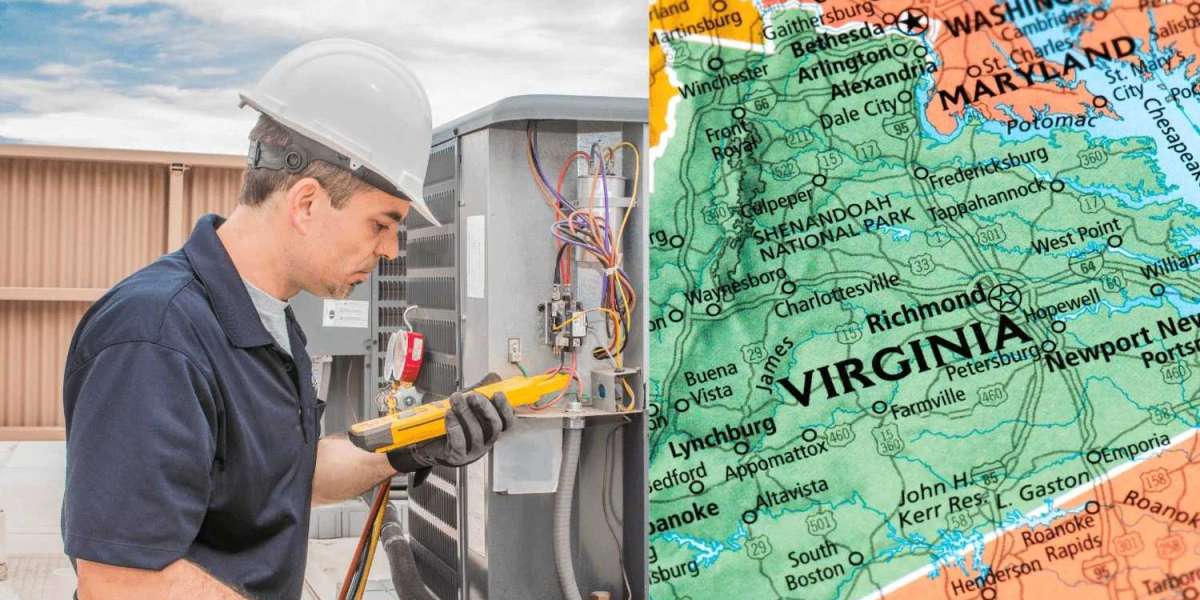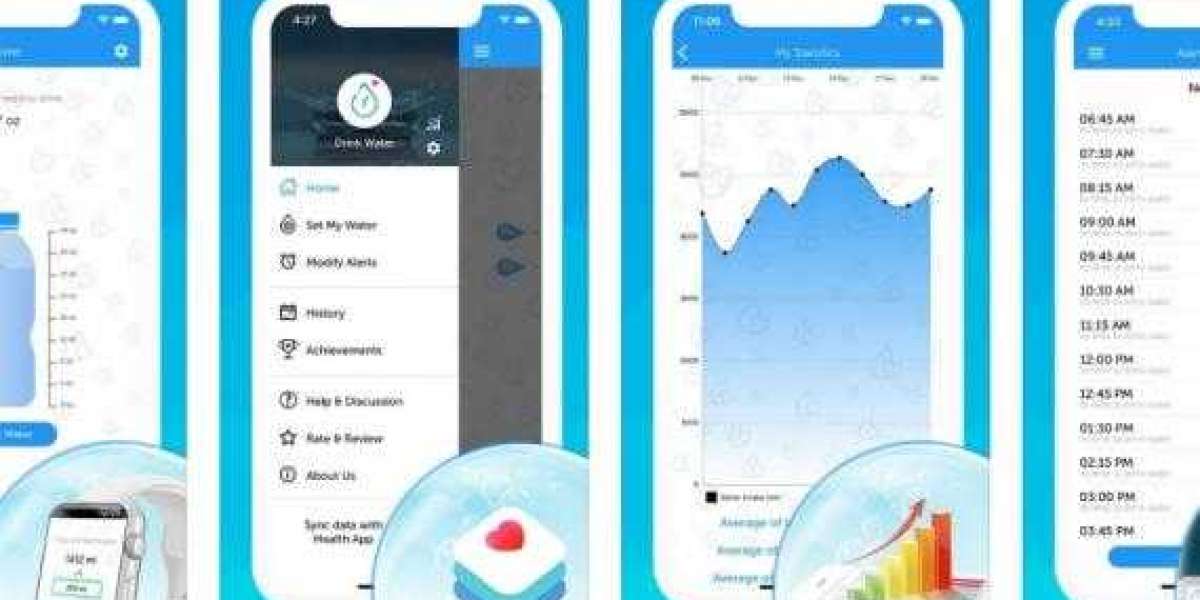each device hungry for a reliable internet connection. These scenarios represent high-density Wi-Fi environments – situations where a large number of devices compete for a limited wireless bandwidth.
What is Dense Wi-Fi?
Dense Wi-Fi refers to a wireless network environment with a high concentration of Wi-Fi-enabled devices in a relatively confined space. This can be found in various settings, including:
High-density residential areas: Apartment buildings or student dorms often have numerous devices vying for bandwidth.
Public venues: Airports, conference centers, or stadiums experience surges in connected devices during events.
Enterprises: Offices with a high employee-to-density ratio place a strain on Wi-Fi networks.
Smart homes: The growing number of internet-connected devices, from smart speakers to thermostats, creates a congested environment.
Challenges of Dense Wi-Fi:
Dense Wi-Fi environments present several challenges:
Slow Speeds: With numerous devices competing for bandwidth, individual connection speeds can suffer, leading to frustrating buffering and sluggish downloads.
Increased Latency: Latency refers to the time it takes for data to travel between devices. In dense environments, latency can rise, impacting applications like video conferencing and online gaming.
Network Instability: The sheer volume of connected devices can overwhelm traditional Wi-Fi networks, leading to dropped connections and network instability.
Security Concerns: Dense environments with multiple devices might be more vulnerable to security breaches if not properly managed.
Solutions for Dense Wi-Fi Environments:
Thankfully, there are solutions to overcome these challenges:
Wi-Fi 6 and Wi-Fi 6E: These newer Wi-Fi standards offer faster speeds, improved efficiency in handling multiple devices, and access to the wider 6 GHz band, reducing congestion.
Multiple Access Points (APs): Strategically placing multiple access points throughout the area ensures better coverage and distributes the load across multiple devices, reducing congestion on a single access point.
Mesh Wi-Fi Systems: Mesh networks utilize multiple interconnected nodes to create a blanket of Wi-Fi coverage, ideal for large or multi-story environments.
Quality of Service (QoS): QoS prioritizes bandwidth for critical applications like video conferencing, ensuring a smoother experience.
Channel Management: Optimizing Wi-Fi channels to minimize interference from neighboring networks can significantly improve performance.
Benefits of Mastering Dense Wi-Fi:
Successfully navigating dense Wi-Fi environments offers numerous benefits:
Enhanced Productivity: Reliable and fast Wi-Fi connections ensure smooth workflow, minimizing disruptions and boosting productivity in offices.
Improved User Experience: In public venues, a strong Wi-Fi connection translates to a better user experience for attendees or visitors.
Seamless Smart Home Integration: Dense Wi-Fi ensures all your smart devices stay connected, enabling seamless operation and automation.
Increased Revenue Potential: For businesses relying on Wi-Fi connectivity, a robust network can enhance customer satisfaction and potentially increase revenue.
Conclusion:
Dense Wi-Fi environments are a growing reality. However, by understanding the challenges and implementing the right solutions, you can ensure a reliable and high-performing wireless network, no matter how many devices are vying for connection. So, take control of your dense Wi-Fi and unlock the full potential of your wireless connectivity.
For more info. visit us:








